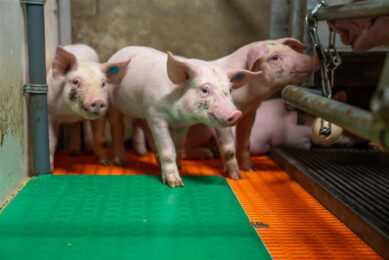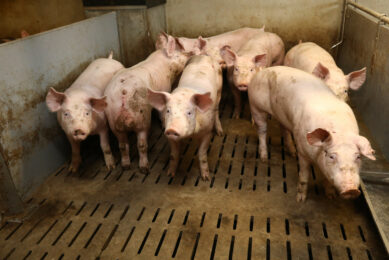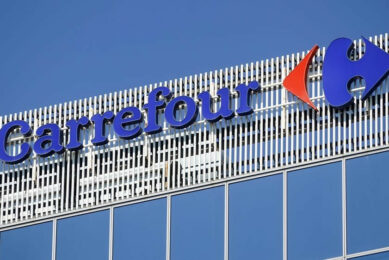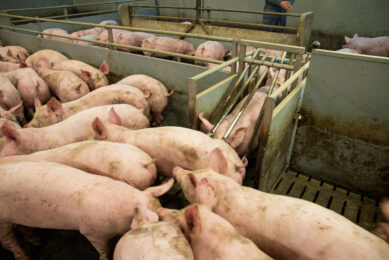Well-timed: Animine Academy zooms in on ZnO in piglets
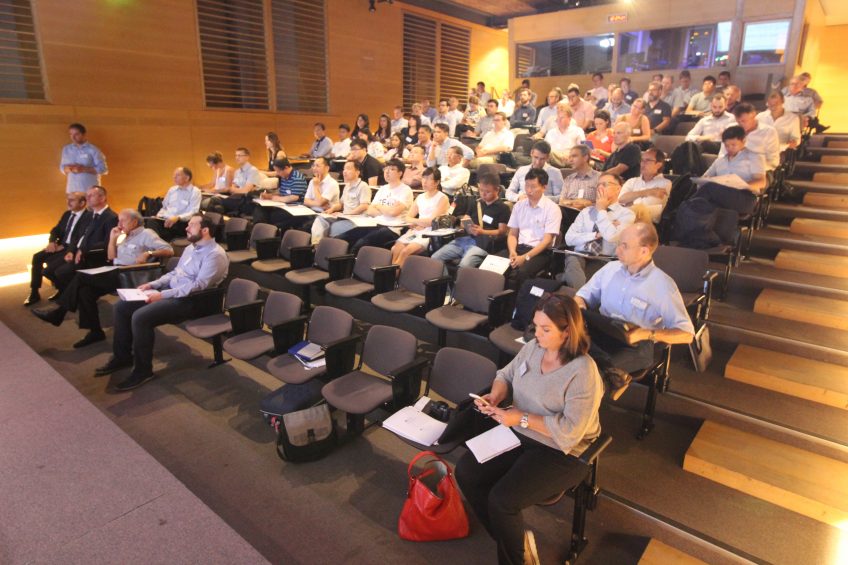
Zinc oxide took a prominent place in the discussions and debates at the second edition of the Animine Academy, held in late June in Paris, France. No wonder, as the European Commission has just decided to phase out high-level use of zinc oxide in weaner pigs in the EU.
Well-known researcher on minerals in pigs, Prof Jürgen Zentek from the Free University of Berlin, Germany, gave a well-informed presentation on the 2 sides of zinc usage. He compared the trace element to a Janus head, like he has also done on earlier occasions.
He pointed to zinc oxide’s benefits that are clearly documented both when supplied in lower dosages as essential trace element (50-80 mg/kg feed) as well as when supplied in higher dosages for its preventive function of post-weaning diarrhoea problems (at 2,500-3,000 mg/kg feed).
Zinc oxide in scientific literature
Prof Zentek summed up various downsides of zinc oxide, known from scientific literature. Using high levels of zinc oxide was shown to predominantly have an effect on gram-positive microbes, like e.g. lactobacilli and lactic acid bacteria; gram-negative bacteria like E. coli, he said, are less sensitive. Usage of zinc oxide may therefore even encourage E. coli genetic diversity in the gut microbiota and raise the levels of multi-resistant E. coli.
He also pointed to the zinc resistance of Staphylococcus aureus, which is sometimes associated with methicillin resistance. In addition, he also touched on Danish research demonstrating the effect of zinc (and copper) on the environment, one of the main reasons why the European Commission decided to ban zinc.
Claims against zinc oxide are often heavily debated. Read for instance Pig Progress’ regular health expert David Burch’s view.
Environmental concerns: A Danish view
Prof Zentek’s presentation was echoed in the next day’s contribution of John Jensen, Aarhus University, Denmark. The country is known for using zinc oxide in rather high quantities to overcome post-weaning problems in piglets as antibiotics usage has been under very strict control for years.
Ironically, however, research values from exactly this country point in the direction of high-level zinc usage ending up in the environment. Dr Jensen addressed the issue, and he admitted that there is an ‘upsetting lack of data on zinc consumption within the pig industry in most countries’.

Dr Jensen concluded that the environmental load and risk depends on the production form and medicinal use that varies across the EU. He added saying that the line of evidence points towards the conclusion that the present use of zinc in intensive pig production would not be sustainable in the long-term, say 10 to 20 years, from an environmental perspective.
Trace mineral metabolism
Earlier in the conference, Prof Jerry Spears of the North Carolina State University in the United States, delved deeper into how trace mineral metabolism works in monogastrics. He predominantly focused on 4 important essential trace minerals for pigs, being zinc, copper, iron and manganese.

He looked at ‘homeostatic control’, i.e. that absorption is relatively high and excretion is relatively low when intake is low. Conversely, when intake is high, the absorption is likely to be low and the excretion is high. He said that metals need to be in a soluble ionic form or soluble complexed form that can be removed by transporters, bringing metals into the intestinal epithelium.
Speakers at Animine Academy
Other speakers at the event included Dr Jean-Paul Lallès, French National Institute for Agricultural Research (INRA), France, who spoke about the effect of diets on intestinal inflammation; Prof Steve Leeson of the University of Guelph, Canada, who spoke about poultry production in hot climates; and Dr Claire Rogel-Gaillard, INRA, France, discussed diets, microbiota and host interactions in pigs.
The event was co-organised by Animine, a supplier of value added sources of zinc and copper for animal nutrition, and by the European Federation of Animal Science. The first edition of the Animine Academy was held in 2015.



